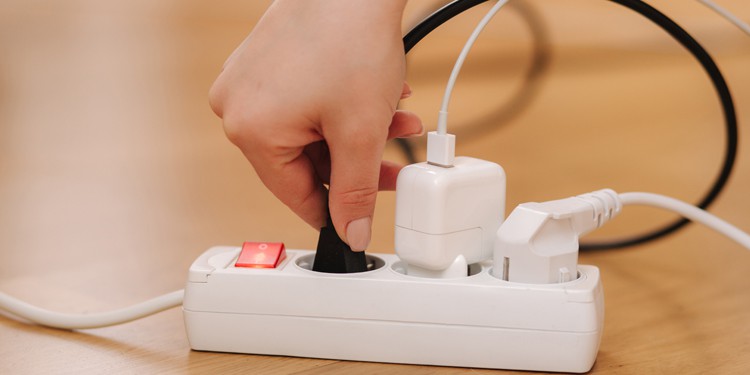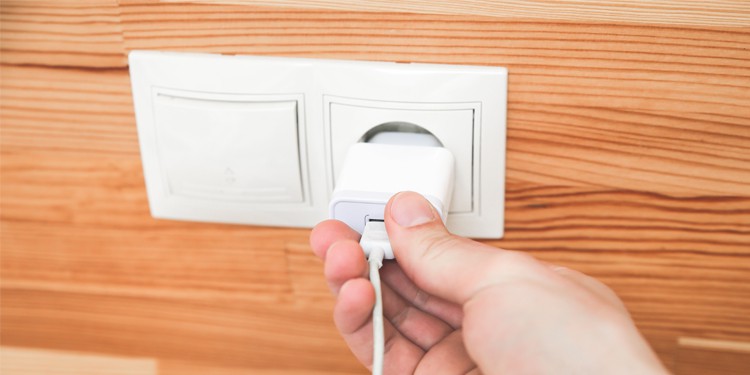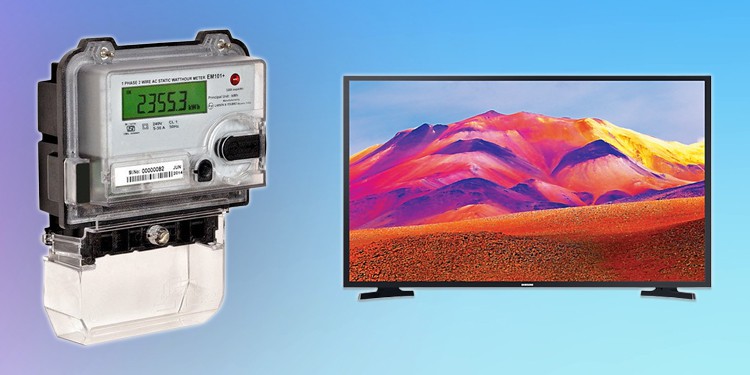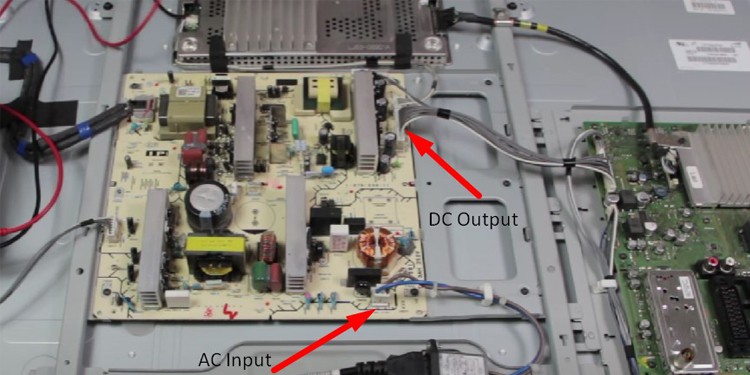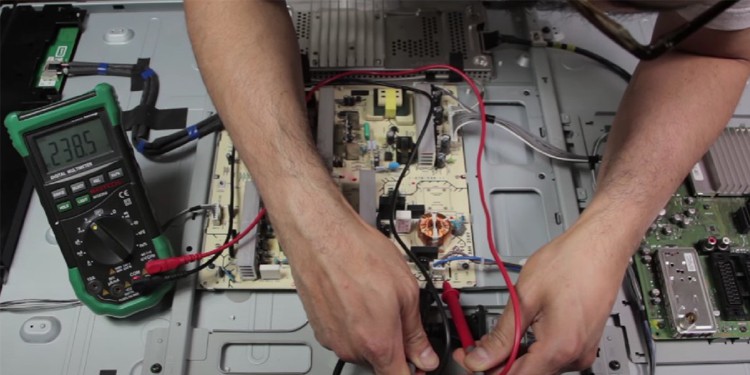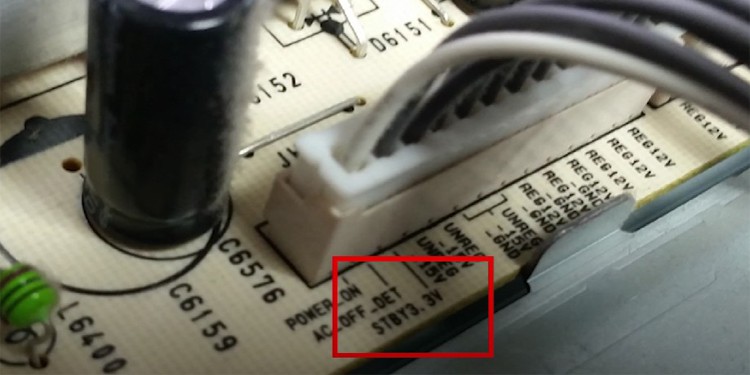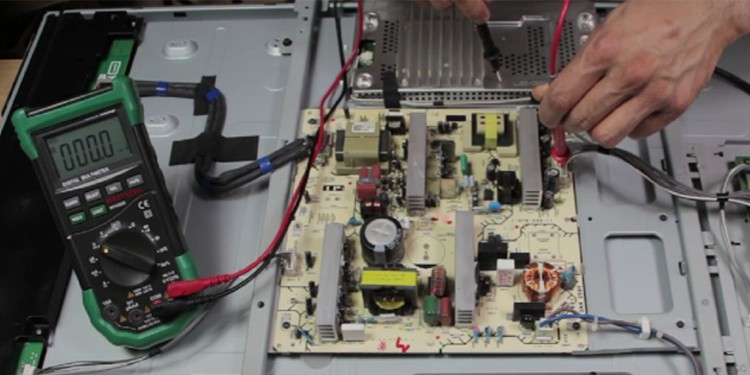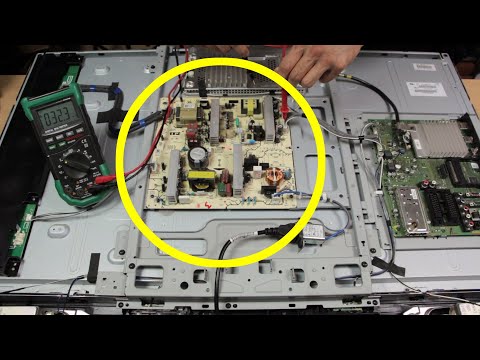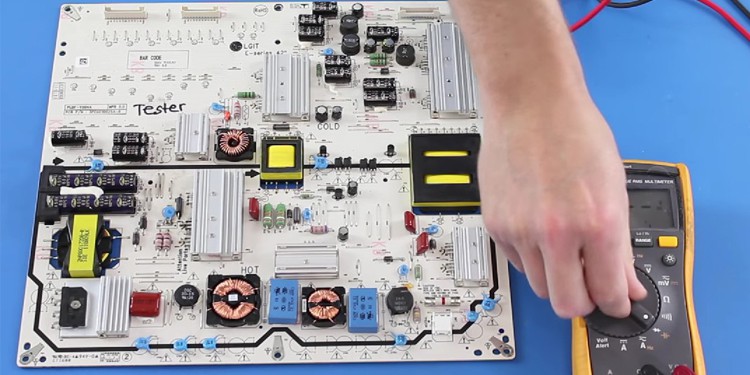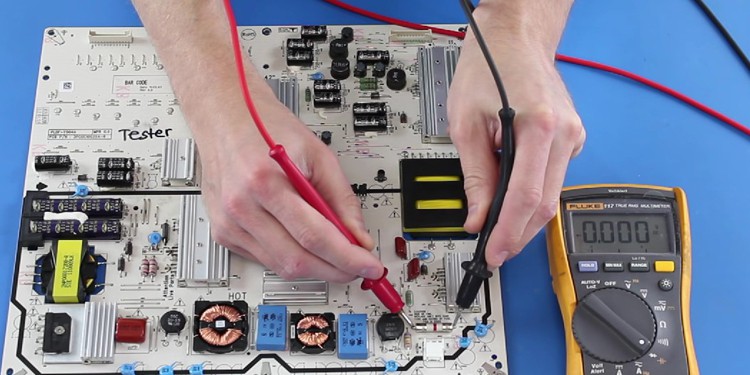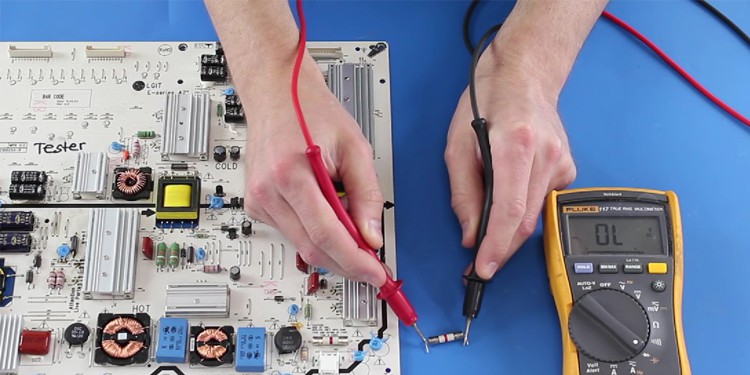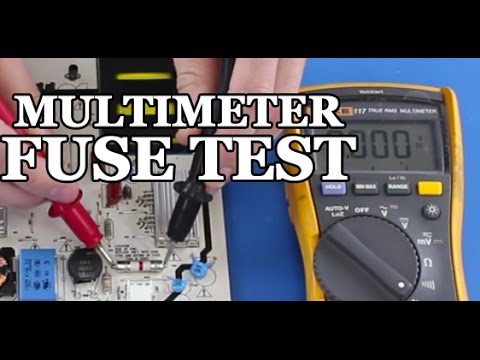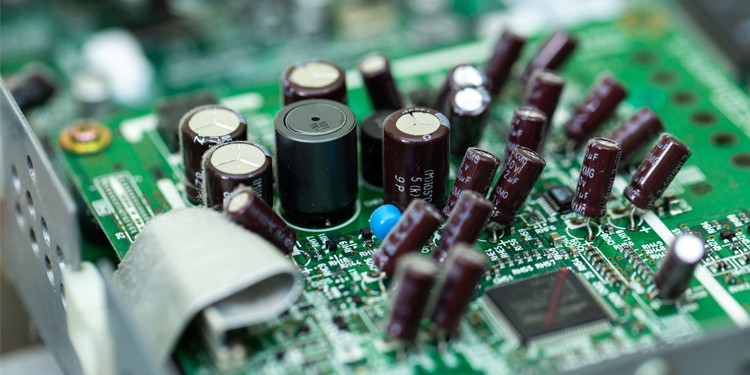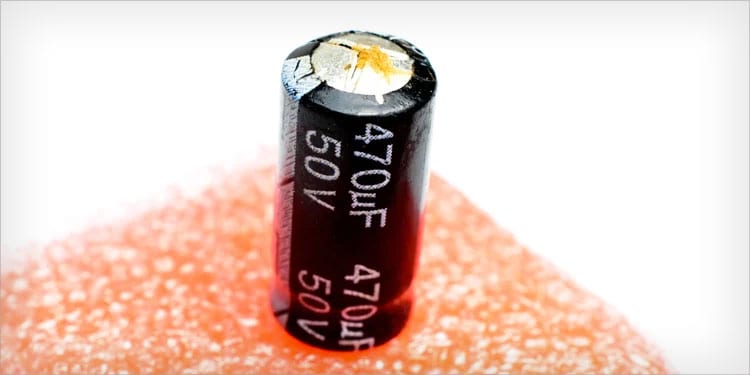This issue primarily arises due to hardware failure rather than software issues. Your TV may fail to turn on even if a minor hardware component is faulty. Glitches in the power circuitry and loose cable connections are the key causes of the problem. But, there may be significant issues like a blown fuse or capacitors which may require further troubleshooting.Luckily, there are a few things that you can look after yourself before taking it to a repair center. Keep reading to fix your TV that won’t turn on.
How to Fix If Your TV Won’t Turn On?
If your TV doesn’t turn on, it might initially seem like a massive issue. However, you don’t need to panic. Provided that there is no major hardware failure, a few troubleshooting techniques can help you get your TV back.
Perform a Soft Reset
The issue primarily arises due to power glitches in the circuit board of your TV. You can perform a soft reset and solve the glitch in such cases. Most of the time, a soft reset will solve the problem without further exploration.To do a soft reset, unplug the power cable from the supply. Wait about a minute. Then, press the power button on the TV panel for about 30 seconds. It will help drain the residual power from the capacitors and solve the power glitch. Then replug the cable and try to turn on the TV. It should solve the problem.
Check the Cable Connections
Since the problem is directly concerned with the power supply, you should also check if the power cord of the TV is connected correctly to the wall socket. You can try changing the power socket. You can use an electric tester pin to determine if the socket is faulty.If you don’t have one, connect another device, like a phone charger, to inspect if the power socket is faulty. If it works, there is no issue with the power socket; the power cord or TV is probably faulty.Likewise, if the power cord is connected to a voltage regulator, remove it from there and connect it directly to the wall outlet, as a faulty voltage regulator will also prevent the TV from turning on. Next, you need to see if there is any breakage in the power cord. Inspect it thoroughly. If there is any breakage, you can quickly get a replacement cord.
Solve the Power Supply Issues
Most modern TVs utilize a voltage level between 110-240 volts to operate correctly. Anything above or below the level can cause issues, and you can not turn on the TV. You can see your home’s electrical distribution box or sub-meter to know what voltage your TV is getting. If you are using a voltage regulator or a surge suppressor, it will also show the input and output voltage. If it marks a voltage of anything lower than 110V or higher than 240V, the TV may not turn on. You need to contact the electricity distribution center to sort out the problem.
Clean the Connection Ports
If the cable connections and voltage levels are fine, the power cable connector may need to be correctly connected to the TV. Unplug and re-plug it. Also, see if any debris has collected over the port, as it can interfere with the connection. You can use cotton swabs to clean the port and cable connector.
Fix Issues With TV Remote
There can be two cases when your TV doesn’t turn on. First, the LED indicator on the TV glows, but it won’t turn on, and next, neither the LED indicator lights nor the TV turns on. In the former case, chances are high that there is an issue with the TV remote that you are using to turn on your TV.Please check if the batteries are correctly placed and are not dead. You can try replacing batteries and attempt to turn on the TV again. If not, you can also use the power button on the TV panel to turn on the TV. Moreover, if anything is blocking the infrared receiver on your TV or remote, the IR signals can not transmit correctly from the remote and cause an issue. Verify if that’s the case as well.
Troubleshooting Hardware Issues
Now that you have gone through the basic fixes, you should be able to turn on the TV. However, if not, you need to move to a few advanced hardware fixes. The TV often does not turn on when there is damage to power components on your TV. Therefore it would help if you perform a few tests on your TV and figure out the problem.
Please take off your TV from the wall mount or cabinet and remove its back panel with the help of a screwdriver.Locate the power circuit board. It is the one that is connected to the external power cord. You can quickly identify it once you dismantle the TV.
Once you do that, it’s time to begin the test.
Power Supply Test
You should first check if the main board on your TV is receiving power from the power supply board. For this, you need a multimeter. Then, you can start the diagnosing process. You need to check the AC input on the power supply board as well as the DC output from the supply board.The power supply board has two sides: hot and cold. We measure AC on the hot side while DC on the cold side. Be careful with the hot side, as you can get electrocuted.
Check a Blown Fuse
A blown fuse can cause the power circuit board to malfunction. It commonly blows out when there is a power surge or lightning strikes. To know if a fuse is blown, inspect the thin metallic wire inside the fuse. If there is a gap in between the wire or a dark smoky substance inside the fuse, you can confirm the fuse is blown. In such a case, you need to replace the fuse.You can even perform a continuity test to know if a fuse is faulty.
Check Damaged Capacitors
The capacitor is the next component that can get damaged in the power circuit board. Capacitors get worn out over time, causing the power circuit board to crash.So how do you know if the capacitor is bad? Identifying a damaged capacitor is easy. Simply inspect all the capacitors in the power supply board. If you see any of the capacitors bulging from the top or a liquid (electrolyte) leaking from the capacitor, it is damaged.Replacing a damaged capacitor can be pretty sophisticated, and you need professional help. However, if you want to replace it on your own, you need to get exactly the same capacitor from the market. The rated capacitance, temperature, and voltage of the new capacitor should be identical to the damaged one.But we don’t recommend replacing the capacitor on your own, as a slight mistake may end up damaging the entire power supply board.
Other Issues
Now that you performed a power supply test and diagnosed the fuse and capacitor, you must have figured out what is causing the power supply board to crash. If you see everything is fine, there is probably an issue with the display panel of your TV.Display components like the backlight inverter and T-Con board are most susceptible to damage. Or, in the worst-case scenario, the display panel or the main board itself might be blown out. Please consult with a professional to figure out the case. If you find that your display is broken, please consult this comprehensive guide on how to fix a broken TV screen.If there is massive damage to your TV, and you plan to purchase a new one, please consult this article on what to do with a broken TV.
